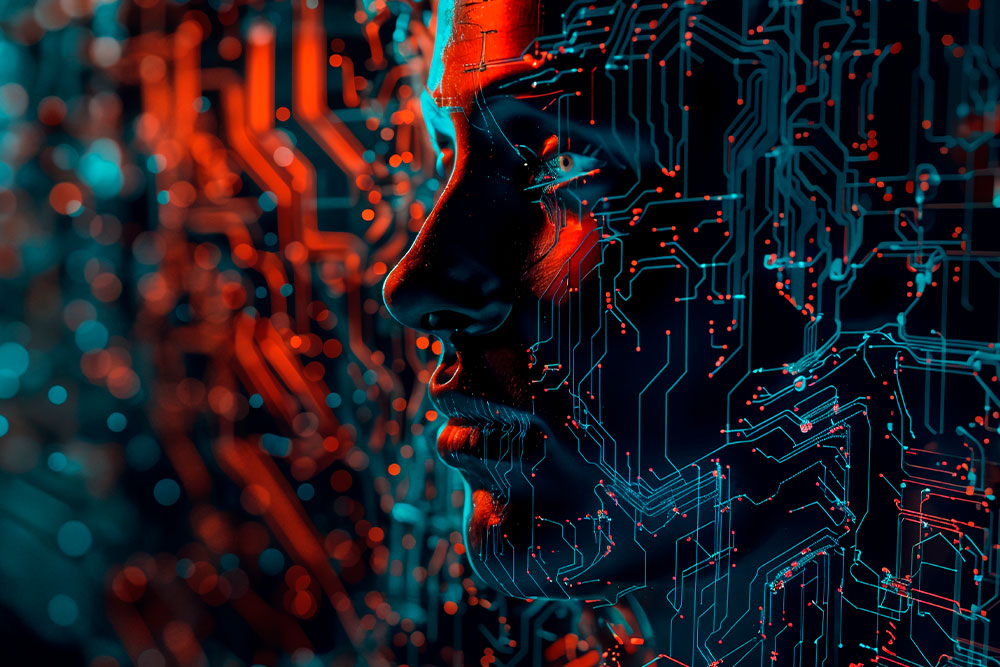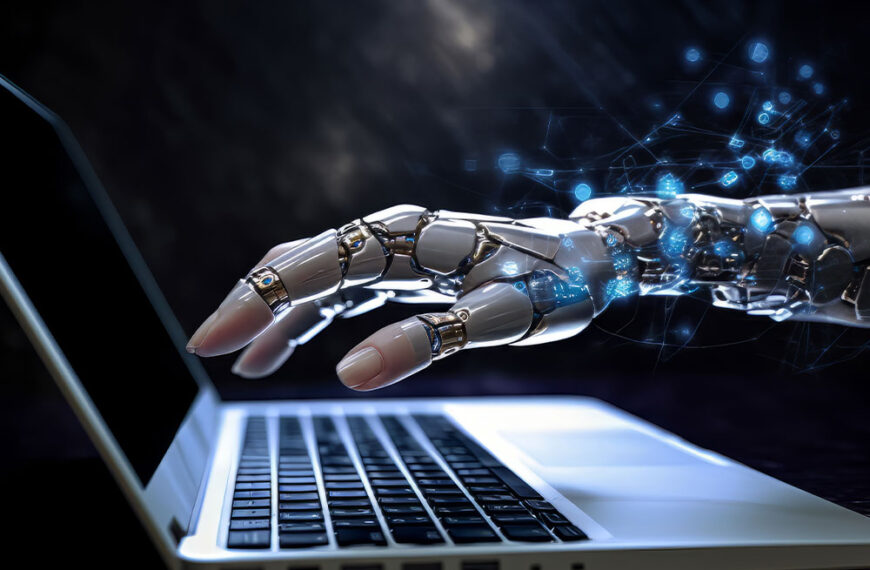In today’s rapidly evolving digital landscape, artificial intelligence (AI) has emerged as one of the most transformative technologies of our time. From recommending your next favorite song to aiding in complex medical diagnoses, AI’s reach extends into nearly every aspect of modern life. This evergreen guide will unpack the fundamentals of AI, explore its practical applications, address common concerns, and offer guidance on how to engage with the field—whether you’re a curious newcomer or a seasoned professional.
1. What Is Artificial Intelligence?
At its core, AI refers to computer systems designed to perform tasks that normally require human intelligence. These tasks include:
- Perception: Interpreting sensory data (e.g., image or speech recognition).
- Reasoning: Drawing inferences or making decisions based on available information.
- Learning: Improving performance over time through experience or data exposure.
- Language understanding: Parsing and generating human language.
- Planning and control: Sequencing actions to achieve specific goals.
AI spans a spectrum from narrow AI—systems specialized for a single task (like chess engines or virtual assistants)—to the aspirational general AI, which would rival human cognitive flexibility across contexts.
2. How Does AI Work?
Most modern AI systems rely on machine learning (ML), where algorithms identify patterns in large datasets. A subset called deep learning employs multi-layered neural networks inspired by the brain’s architecture. Key components include:
- Data Collection & Preparation
- Large, labeled datasets allow models to “learn” by example.
- Data must be cleaned, normalized, and sometimes augmented to ensure robustness.
- Model Training
- Algorithms adjust internal parameters (weights) to minimize errors on training data.
- Techniques like gradient descent and backpropagation drive this optimization.
- Validation & Testing
- Separate datasets evaluate a model’s performance and guard against overfitting.
- Metrics such as accuracy, precision, recall, and F1 score quantify success.
- Deployment & Monitoring
- Trained models are integrated into applications (e.g., recommendation engines, chatbots).
- Ongoing monitoring ensures reliability; models may be retrained as data distributions shift.
3. Key Applications of AI
- Business & Finance
- Fraud detection, algorithmic trading, customer segmentation, and process automation.
- Healthcare
- Medical imaging analysis, drug discovery acceleration, personalized treatment recommendations.
- Transportation
- Route optimization, demand forecasting, and the core of self-driving vehicles.
- Manufacturing
- Predictive maintenance, quality inspection via computer vision, and supply-chain optimization.
- Everyday Tools
- Virtual assistants (e.g., Alexa, Siri), email spam filters, personalized content feeds.
4. Benefits and Opportunities
- Efficiency Gains
- Automating repetitive tasks frees humans for higher-value work.
- Enhanced Insights
- AI can uncover complex patterns hidden in massive datasets.
- Personalization at Scale
- From retail to education, AI enables tailored experiences for individual users.
- Innovation Catalyst
- New business models (e.g., AI-as-a-service) and breakthroughs (like generative art) are reshaping industries.
5. Ethical Considerations and Risks
- Bias and Fairness
- Models trained on biased data can perpetuate discrimination.
- Mitigation requires careful data curation, fairness-aware algorithms, and diverse teams.
- Privacy
- Data-hungry AI systems raise concerns about surveillance and unauthorized use of personal information.
- Transparency (Explainability)
- “Black-box” models may make high-stakes decisions without clear reasoning paths.
- Accountability and Governance
- Determining liability when AI systems err (e.g., in medical or legal contexts) demands new regulatory frameworks.
- Job Displacement
- While AI creates new roles, some routine positions may be automated away. Reskilling and education become crucial.
6. The Future of AI
- Advances in Model Efficiency
- Techniques like model distillation and sparse architectures aim to reduce computational costs.
- Multimodal AI
- Unified models that process text, images, audio, and more in a single framework.
- Edge and IoT Integration
- Running lightweight AI on devices—from smartphones to sensors—will enable real-time, decentralized intelligence.
- Human-AI Collaboration
- Augmented intelligence emphasizes AI as a partner, enhancing human creativity and decision-making rather than replacing it.
- Ethical and Inclusive AI
- Growing emphasis on building systems that respect human rights, environmental sustainability, and social good.
7. How to Get Started with AI
- For Enthusiasts & Students:
- Online courses (e.g., Coursera’s Machine Learning by Andrew Ng) and interactive tutorials (like Kaggle or Google Colab).
- For Business Leaders:
- Begin with pilot projects focused on clear ROI, such as automating a single workflow or deploying a basic chatbot.
- For Developers:
- Explore open-source frameworks (TensorFlow, PyTorch) and pretrained models. Contribute to community projects or hackathons.
- For Policy Makers and Ethicists:
- Engage with multidisciplinary forums, monitor emerging regulations, and participate in standards bodies (e.g., IEEE’s AI Ethics initiatives).
Conclusion
Artificial intelligence is not a fleeting trend but a foundational technology reshaping how we live, work, and solve problems. By understanding its core principles, applications, and ethical dimensions, you’ll be well equipped to navigate—and contribute to—the AI-driven future. Whether you’re building your first model or simply leveraging AI-powered tools, the journey begins with curiosity, responsibility, and a commitment to continuous learning.












